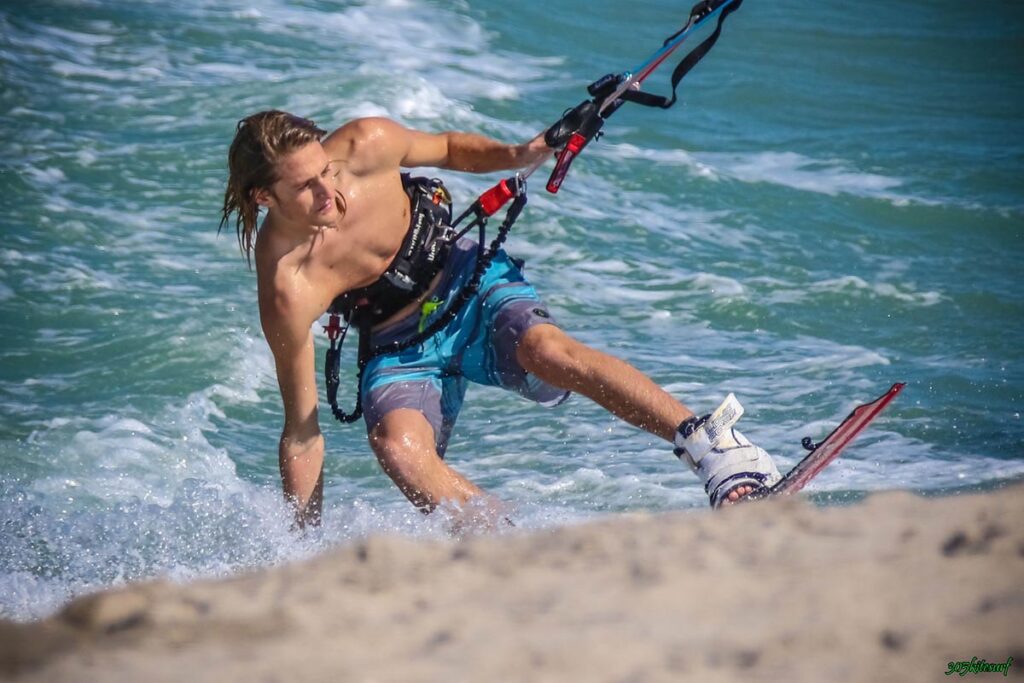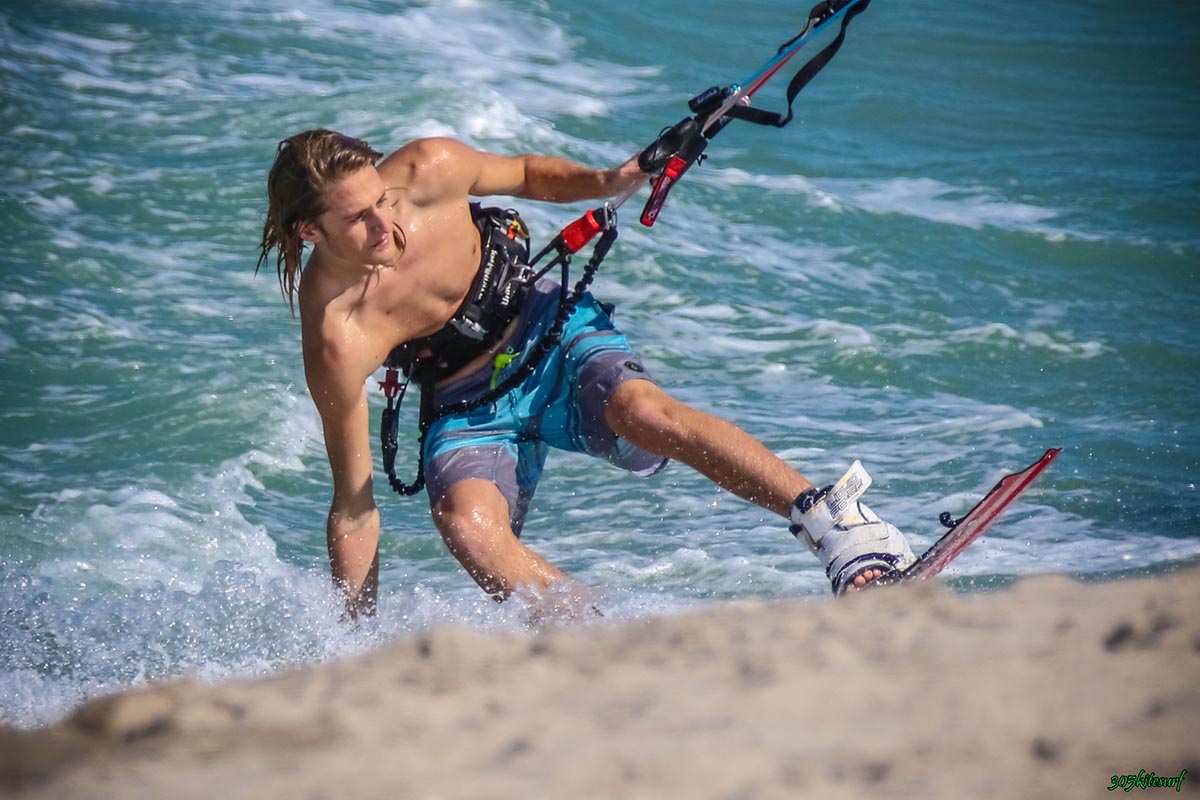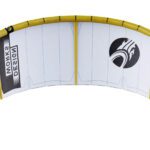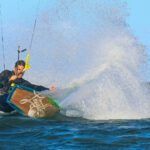
Kitesurfing: Frequently Asked Questions.
Table of Contents.
- Introduction.
- How long does it take to learn to kitesurf?
- Can I kitesurf without any prior experience in other water sports?
- What are the best locations for kitesurfing?
- How do wind direction and speed affect kitesurfing?
- What are the different styles of kitesurfing?
- How do I launch and land a kite while kitesurfing?
- What are the common mistakes to avoid in kitesurfing?
- What should I wear while kitesurfing?
- Conclusion.
- FAQs
Article
Introduction.
Kitesurfing, also known as kiteboarding, is an exciting and adrenaline-pumping water sport that combines elements of surfing, wakeboarding, and paragliding. It involves using a kite to harness the power of the wind to propel oneself across the water on a board. If you’re interested in trying out this thrilling sport, you may have some questions about the basics of kitesurfing. In this article, we’ll provide answers to common questions about kitesurfing, including how long it takes to learn, whether prior experience in other water sports is necessary, the best locations for kitesurfing, the impact of wind direction and speed, different styles of kitesurfing, launching and landing techniques, common mistakes to avoid, and what to wear while kitesurfing.
How long does it take to learn to kitesurf?
The learning curve for kitesurfing can vary depending on factors such as your prior water sports experience, physical fitness level, and dedication to practice. On average, it can take around 10-15 hours of lessons to become proficient in the basic skills of kitesurfing. However, it may take longer for some individuals to achieve a level of proficiency where they can ride independently without constant supervision. It’s essential to receive proper instruction from a certified instructor and to practice in safe conditions with suitable equipment.
Can I kitesurf without any prior experience in other water sports?
Yes, you can start kitesurfing without any prior experience in other water sports. While having experience in activities such as windsurfing or wakeboarding can provide a foundation for learning kitesurfing, it is not a requirement. Kitesurfing requires learning techniques such as kite control, board control, and body positioning, which are different from other water sports. A beginner’s kitesurfing course will usually cover all the necessary skills and safety precautions to get you started, regardless of your experience.
What are the best locations for kitesurfing?
Kitesurfing can be done in various locations worldwide, but the best locations usually have consistent wind conditions, spacious beaches, and clear waters. Some popular destinations for kitesurfing include Tarifa in Spain, Maui in Hawaii, Cabarete in the Dominican Republic, and Cape Town in South Africa. These locations offer ideal wind conditions for kitesurfing and have become hotspots for kitesurfing enthusiasts from all over the world.
How do wind direction and speed affect kitesurfing?
Wind direction and speed are crucial factors in kitesurfing as they directly affect the performance and safety of the sport. The wind direction determines the angle at which the kite can be flown, and the wind speed affects the power generated by the kite. Typically, kitesurfing is done with side-onshore or side-offshore winds, as they provide the best conditions for riding and safety. It’s essential to have a good understanding of wind patterns, wind windows, and wind safety rules to ensure a safe and enjoyable kitesurfing experience.

What are the different styles of kitesurfing?
Kitesurfing offers various styles that cater to different preferences and skill levels. Some of the popular types of kitesurfing include:
- Freeride: This is the most common style of kitesurfing, which involves riding back and forth on the water using a twin-tip board. It’s suitable for beginners and offers a good balance of speed, control, and tricks.
- Freestyle: This style is all about performing tricks and maneuvers while riding. It requires advanced skills and involves jumps, spins, loops, and other aerial tricks. It’s popular among experienced riders who enjoy pushing the limits and expressing their creativity.
- Wave Riding: As the name suggests, this style involves riding waves with a surfboard. It requires good wave-reading skills, balance, and control over the kite. It’s a thrilling style for those who love riding waves and enjoying the ocean’s power.
- Foiling: Foiling is a newer kitesurfing style involving riding a hydrofoil board that lifts above the water. It offers a unique sensation of flying and is popular among experienced riders seeking a new challenge.
- Racing: Kitesurfing races are organized events that involve riders competing against each other on a course. It requires advanced skills in kite control, board control, and strategy to compete at a high level.
How do I launch and land a kite while kitesurfing?
Launching and landing a kite safely is crucial in kitesurfing to ensure the rider’s safety and those around them. Here are the general steps for launching and landing a kite:
Launching:
- Choose a suitable location with enough space, away from obstacles and people.
- Lay out the kite lines and ensure they are untangled.
- Inflate the kite if it’s an inflatable kite, or unfold it if it’s a foil kite.
- Attach the kite to the lines using the appropriate knots or connectors.
- Walk back towards the wind direction, keeping tension on the lines.
- Signal your assistant to launch the kite while you control the bar and lines.
- Once the kite is in the air, check its stability and control before getting on the board.
Landing:
- Choose a suitable location with enough space, away from obstacles and people.
- Signal your assistant to bring the kite down slowly while you gradually release the tension on the bar and land the kite on the ground.
- Secure the kite by placing sand or a sandbag on the leading edge or using a kite stake.
- Deflate the kite if it’s an inflatable kite, or fold it if it’s a foil kite.
- Roll up the lines neatly and store the kite and lines properly.
It’s essential to receive proper training on launching and landing techniques from a certified instructor to ensure safe practices and prevent accidents.
What are the common mistakes to avoid in kitesurfing?
Like any sport, kitesurfing has its share of common mistakes that beginners should be aware of to ensure a safe and enjoyable experience. Some of the common mistakes to avoid in kitesurfing include the following:
- Ignoring safety rules: Kitesurfing involves working with powerful kites and winds, and it’s crucial to follow safety rules, such as wearing a leash, using the right equipment, and being aware of weather conditions.
- Poor kite control: Proper kite control is fundamental in kitesurfing. To prevent accidents and injuries, beginners should learn how to control the kite, including sheeting in and out, steering, and landing techniques.
- Not respecting the wind window: The wind window is where the kite can generate power. Beginners should understand the concept of the wind window and avoid flying a kite outside its safe and controlled range to prevent loss of control or accidents.
- Poor body positioning: Proper body positioning is essential in kitesurfing. Beginners should learn how to position their bodies correctly on the board, distribute their weight, and maintain balance to prevent falls or crashes.
- Ignoring weather conditions: Weather conditions, such as wind strength, tide, and current, can significantly affect kitesurfing. Ignoring or underestimating weather conditions can lead to dangerous situations. Beginners should always check the weather forecast and assess the conditions before going for a kitesurfing session.
- Going beyond skill level: It’s essential to progress at a pace that matches your skill level. Pushing beyond your capabilities can result in accidents or injuries. Beginners should stick to their skill level, seek proper training, and gradually progress to more advanced techniques and maneuvers.
- Poor self-rescue skills: Kitesurfing requires good self-rescue skills in emergencies, such as equipment failure or getting stranded. Beginners should learn proper self-rescue techniques, including how to pack down the kite and safely return to shore.
- Neglecting equipment maintenance: Kitesurfing equipment needs regular maintenance to ensure its safety and performance. Neglecting equipment maintenance, such as checking lines, valves, and connections, can lead to equipment failure or accidents. Beginners should learn how to inspect and maintain their kitesurfing gear properly.
By avoiding these common mistakes and prioritizing safety, beginners can have a safe and enjoyable kitesurfing experience. It’s always recommended to receive proper training from a certified instructor and adhere to safety guidelines to prevent accidents and injuries.
- Poor communication with other kitesurfers: Kitesurfing often occurs in crowded areas with other kitesurfers and water users. Failing to communicate or follow right-of-way rules can lead to collisions or accidents. Beginners should learn to communicate effectively with other kitesurfers and understand the right-of-way rules to ensure a safe riding experience.
- Not using proper safety gear: Safety gear, such as a helmet, impact vest, and harness, are essential for protecting oneself while kitesurfing. Neglecting adequate safety gear or using ill-fitting gear can increase the risk of injuries. Beginners should invest in high-quality safety gear that fits properly and wear it at all times during their kitesurfing sessions.
- Overestimating skills: Kitesurfing in challenging conditions, such as strong winds or big waves, requires advanced skills and experience. Beginners should avoid overestimating their skills and attempting to ride in challenging conditions without proper training or experience, as it can lead to accidents or injuries.
- Neglecting physical fitness: Kitesurfing is a physically demanding sport that requires strength, stamina, and agility. Failing physical fitness can lead to fatigue, reduced performance, or even accidents. Beginners should engage in regular physical exercise and conditioning to build their strength and stamina for safe and enjoyable kitesurfing sessions.
- Ignoring environmental considerations: Kitesurfing occurs in the natural environment, and respecting and protecting the environment is important. Missing ecological concerns like marine life, protected areas, and local regulations can negatively impact the environment and other users. Beginners should learn about and follow local environmental regulations and best practices to minimize their ecological footprint while kitesurfing.
- Need a safety plan: It’s crucial to have a safety plan before heading out for a kitesurfing session. This includes knowing the location’s emergency procedures, having a backup communication device, and informing someone about your plans. Beginners should always have a safety plan and be prepared for unforeseen circumstances.
Conclusion:
In conclusion, kitesurfing can be an exhilarating water sport but comes with inherent risks. Beginners should prioritize safety by avoiding common mistakes, receiving proper training, using appropriate safety gear, respecting weather conditions and the environment, and having a safety plan. By following these guidelines, beginners can enjoy a safe and enjoyable kitesurfing experience.
Author
Latest entries
 WatersportsSeptember 16, 2024Cabrinha Moto X: Enjoy the Ride
WatersportsSeptember 16, 2024Cabrinha Moto X: Enjoy the Ride WatersportsMay 19, 2024Cabrinha 2024 Moto XL Review: The Ultimate Lightwind Kite
WatersportsMay 19, 2024Cabrinha 2024 Moto XL Review: The Ultimate Lightwind Kite WatersportsDecember 16, 2023Kiteboarding Travel
WatersportsDecember 16, 2023Kiteboarding Travel WatersportsDecember 14, 2023RED BULL KING OF THE AIR 2023
WatersportsDecember 14, 2023RED BULL KING OF THE AIR 2023




